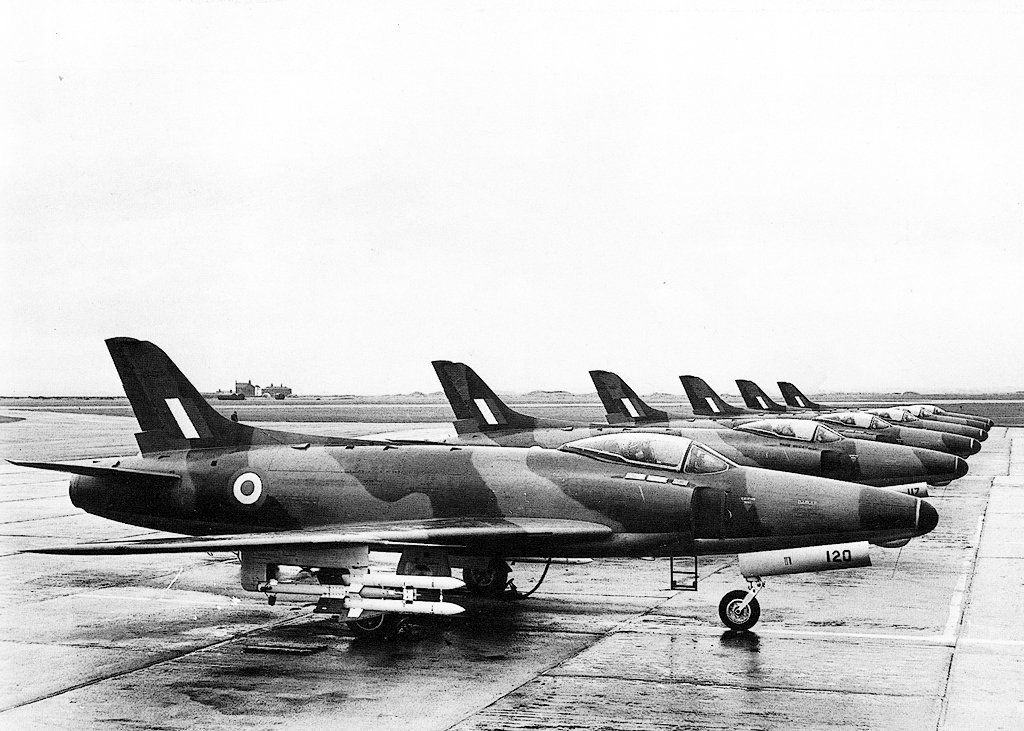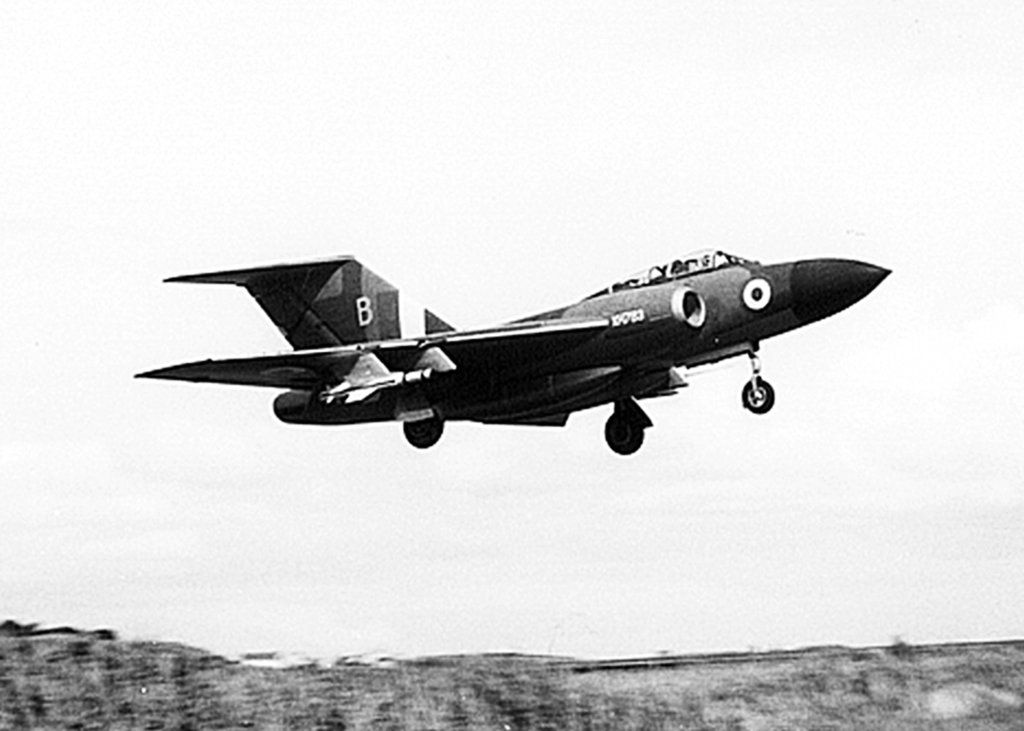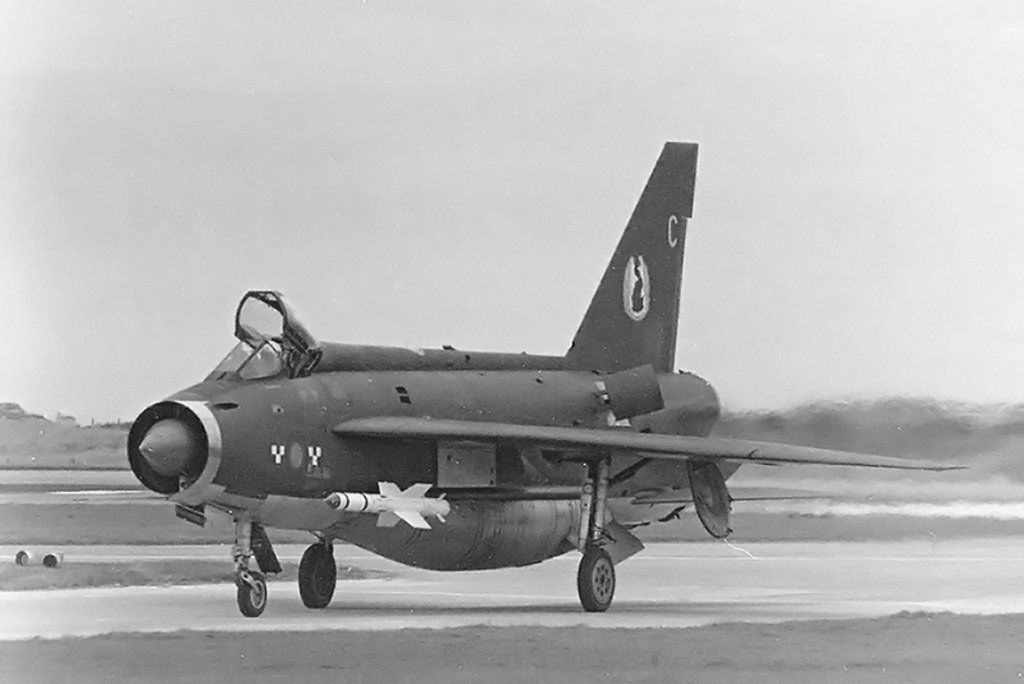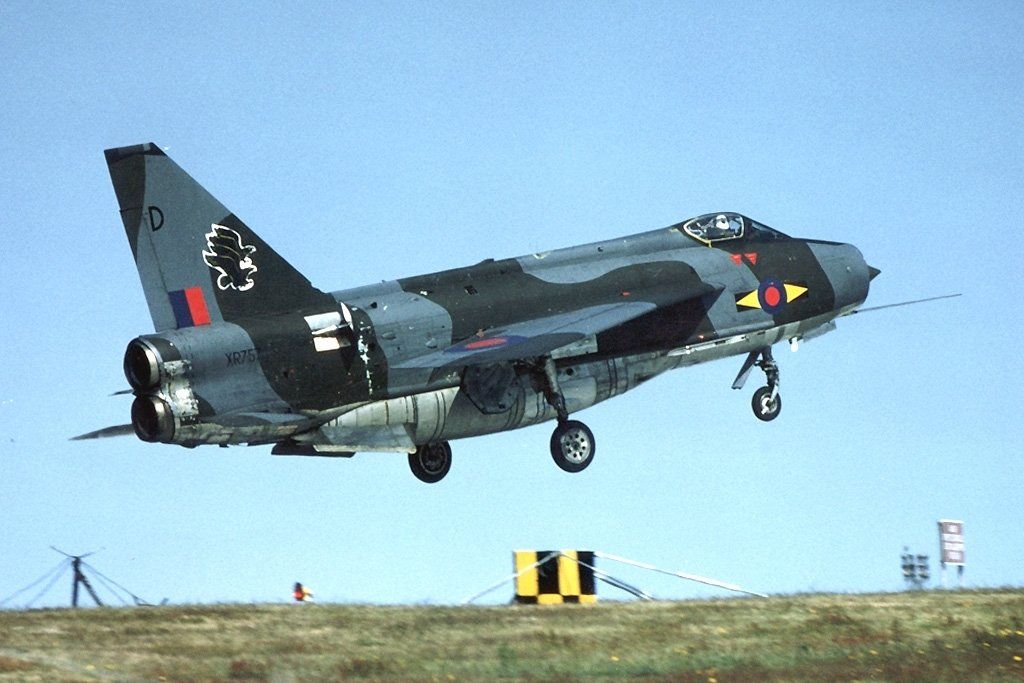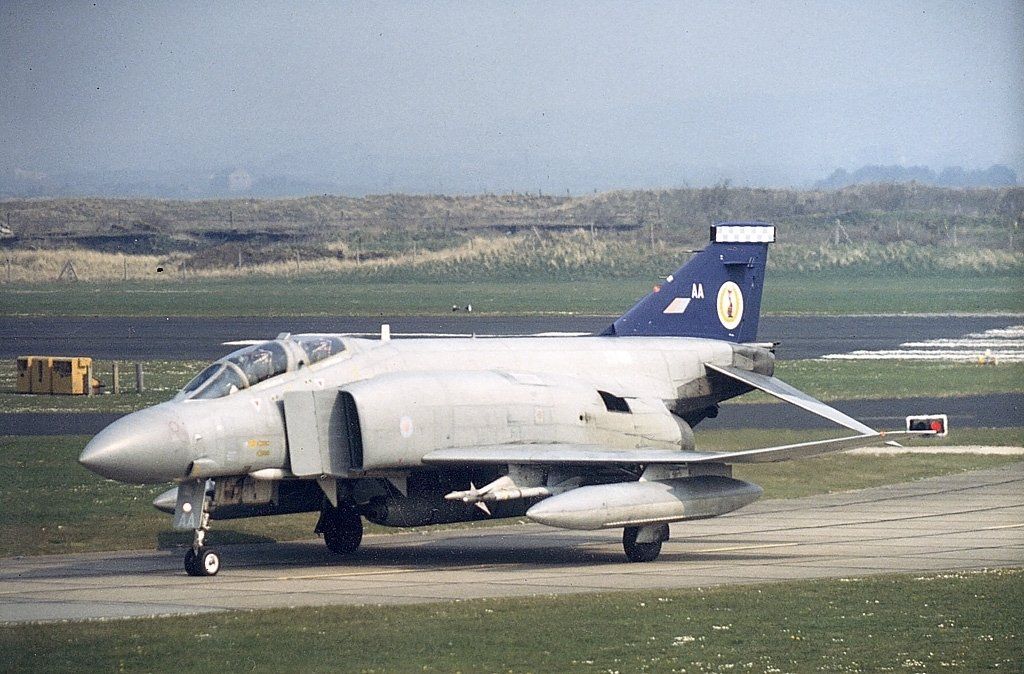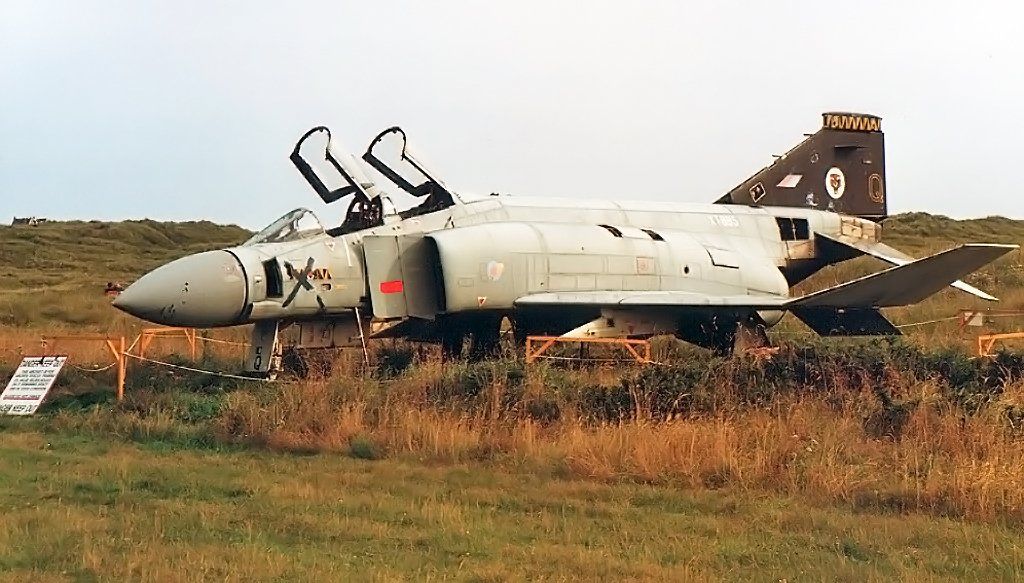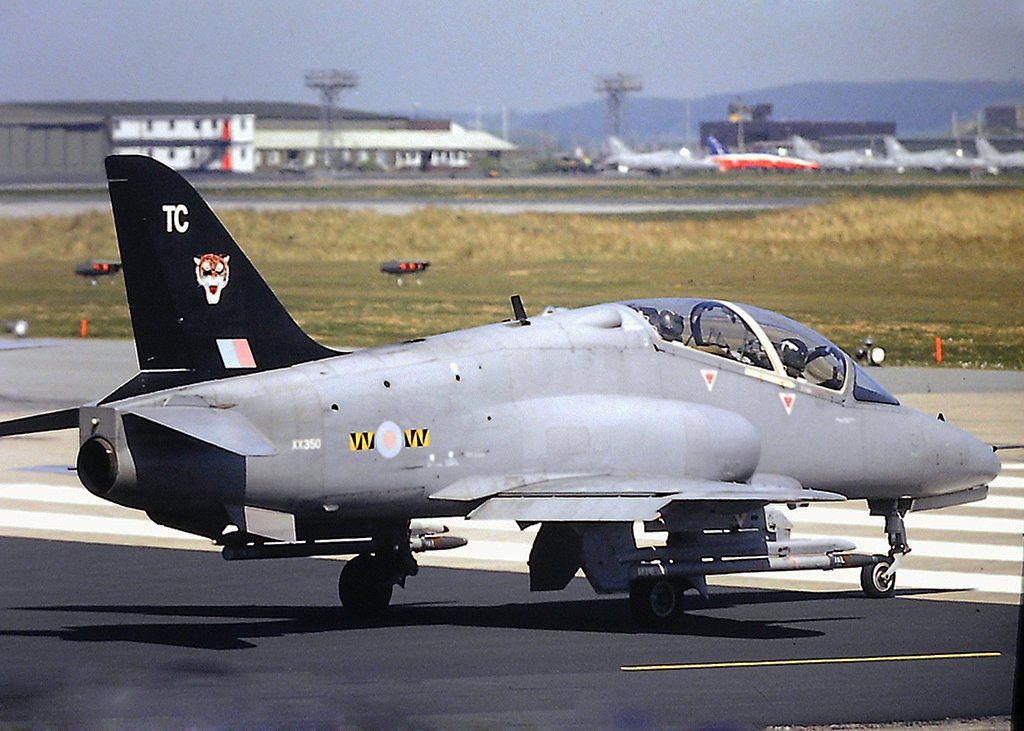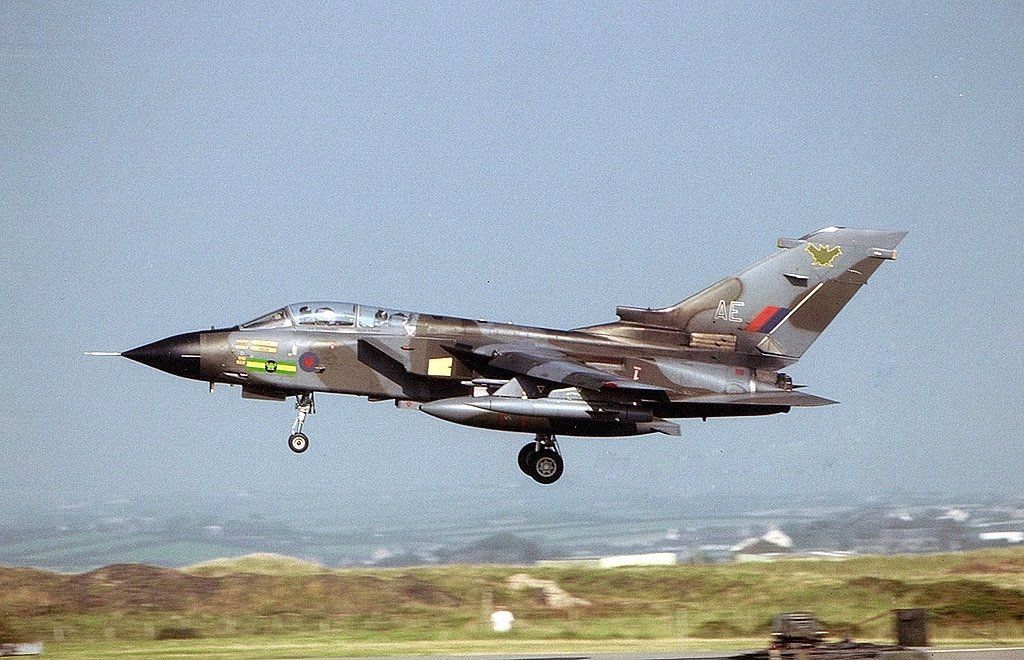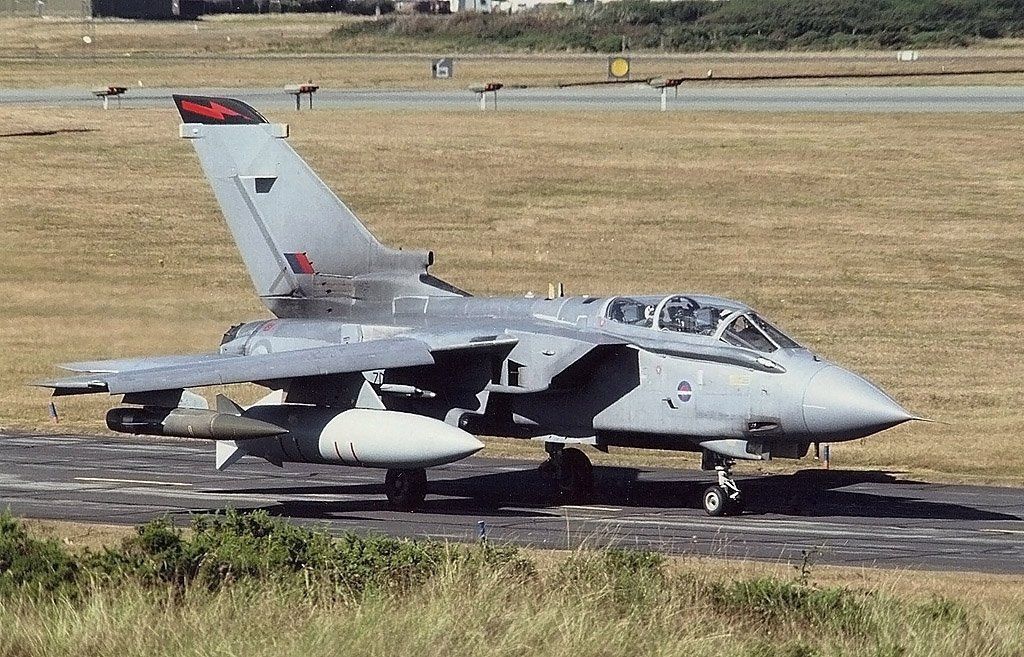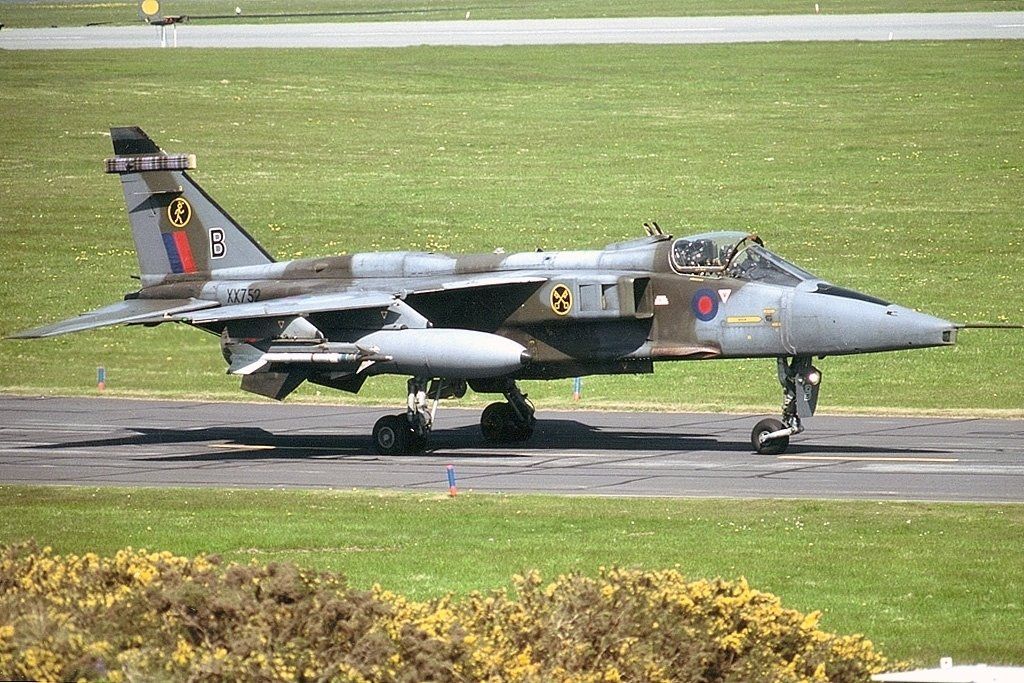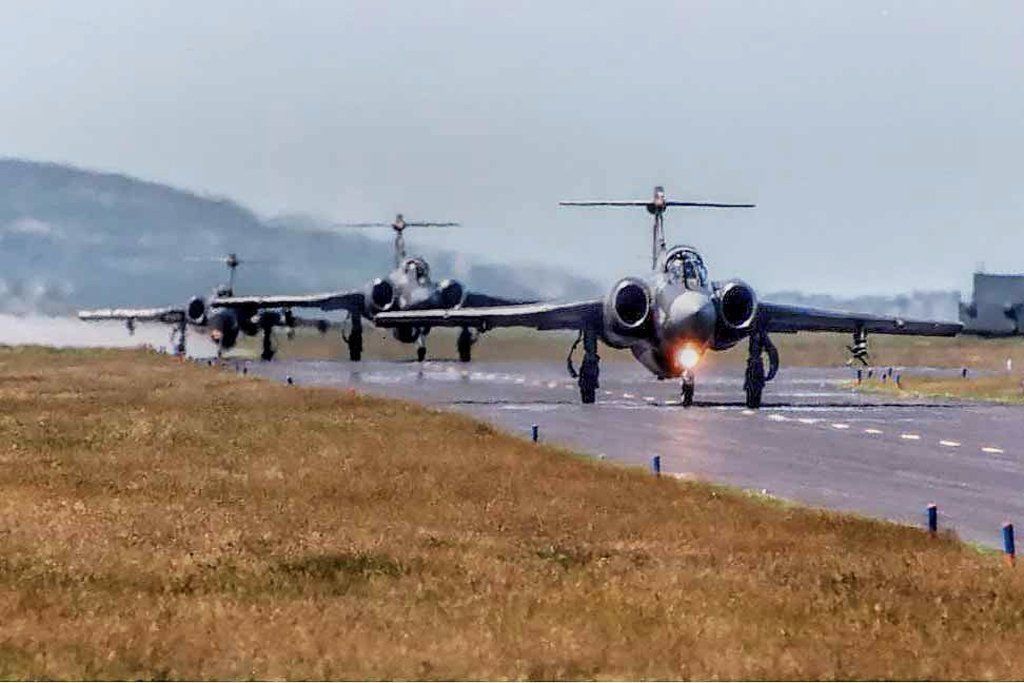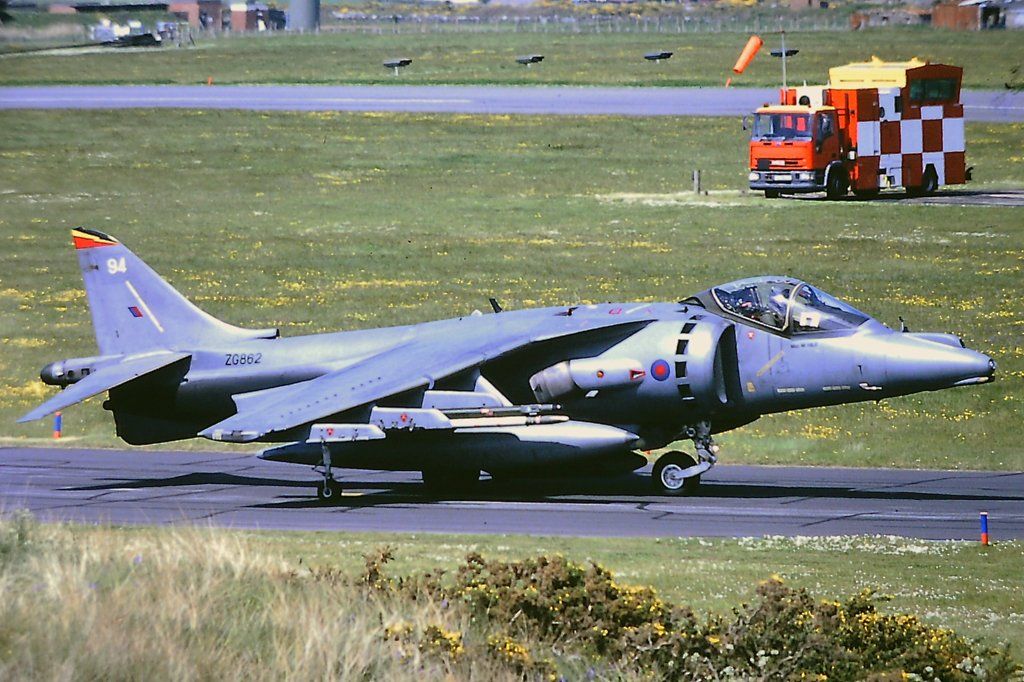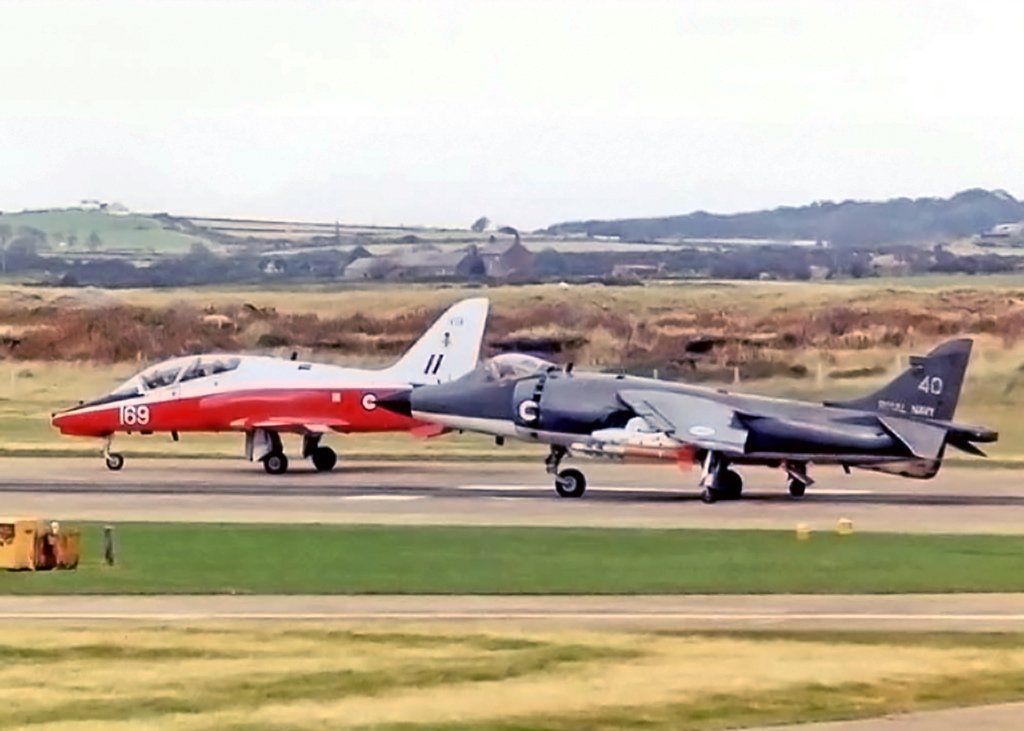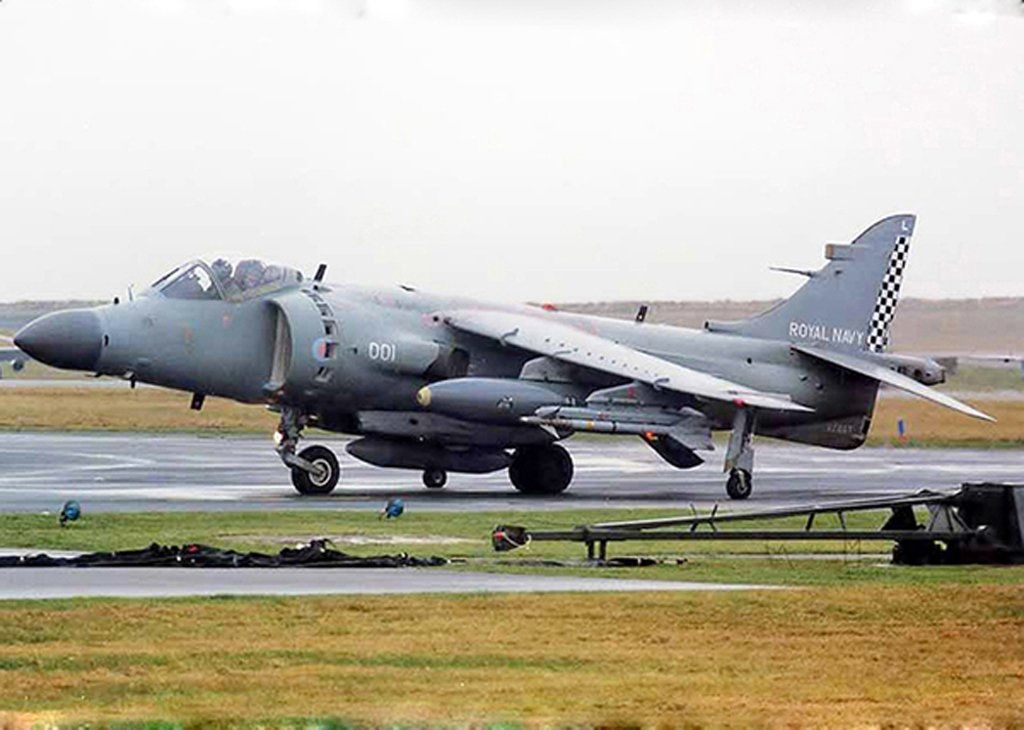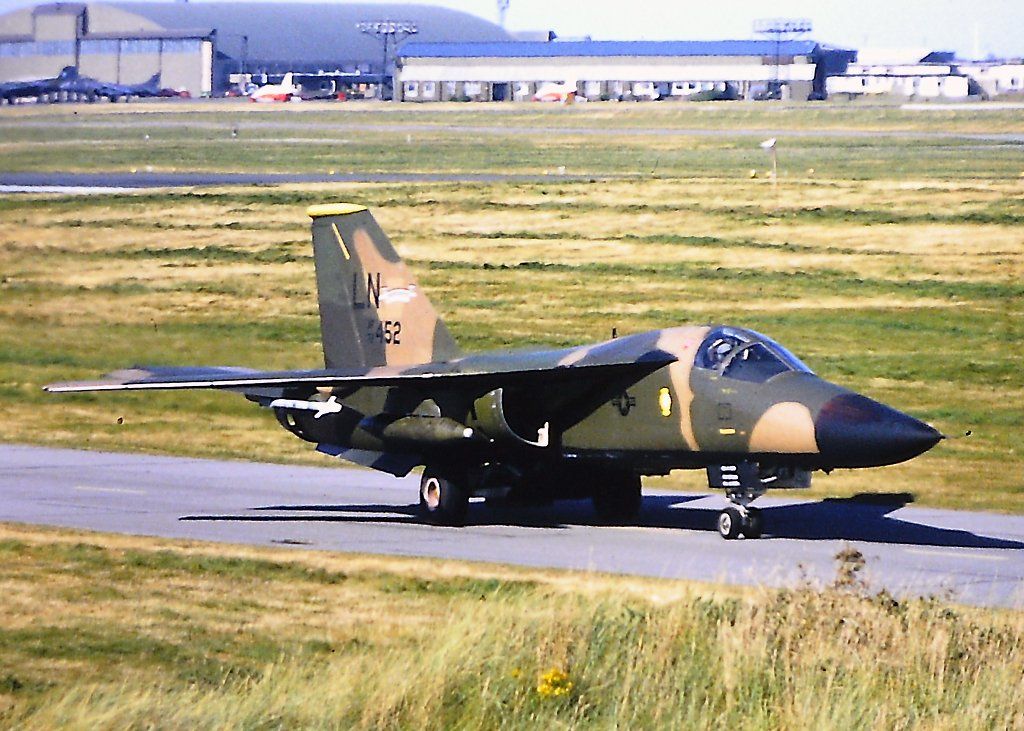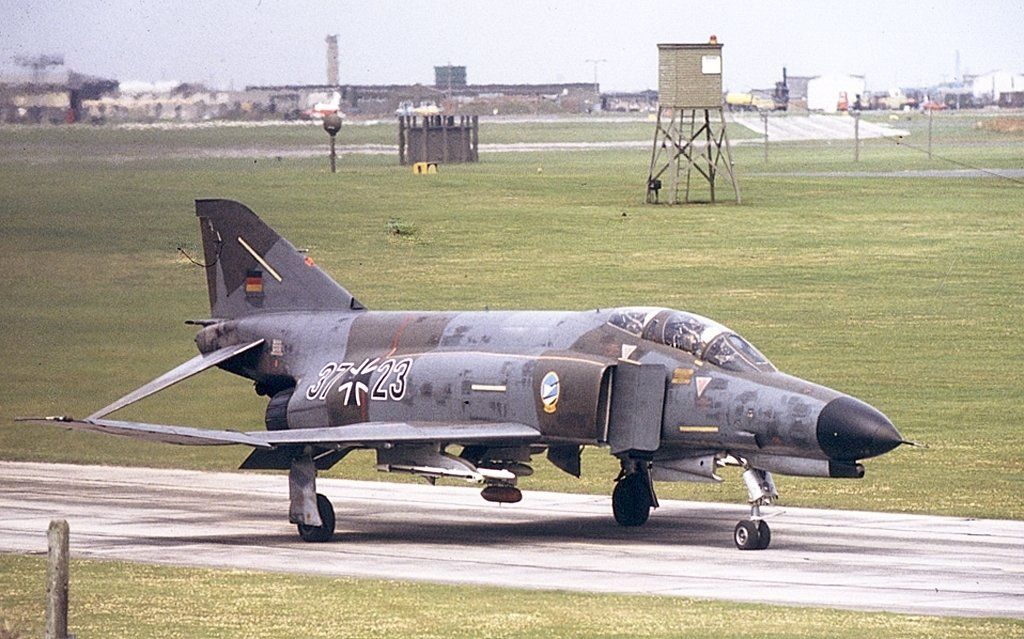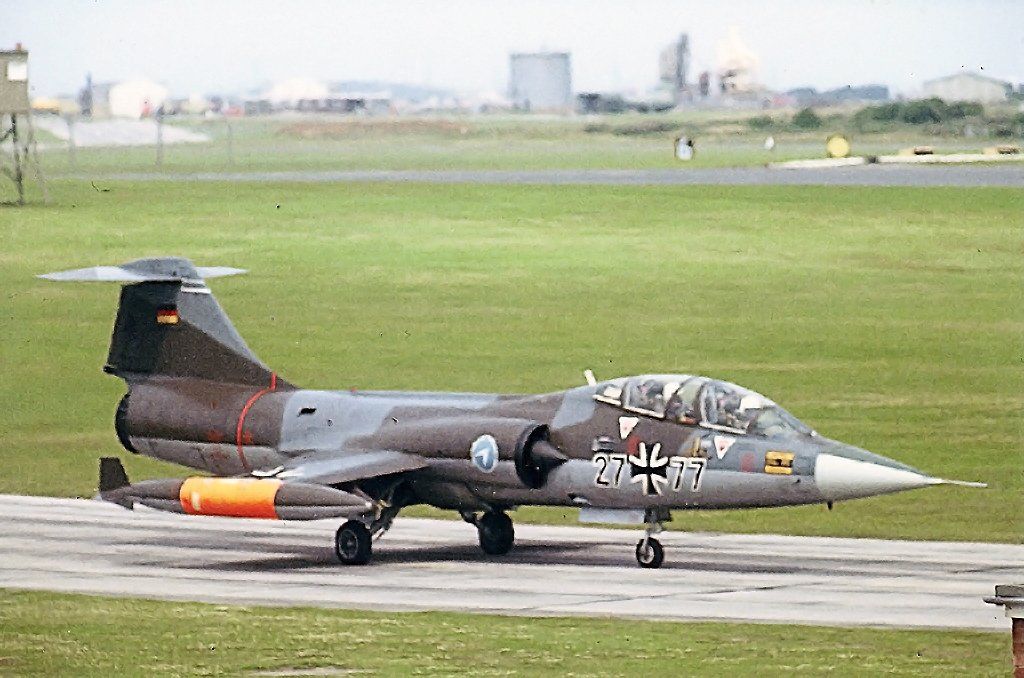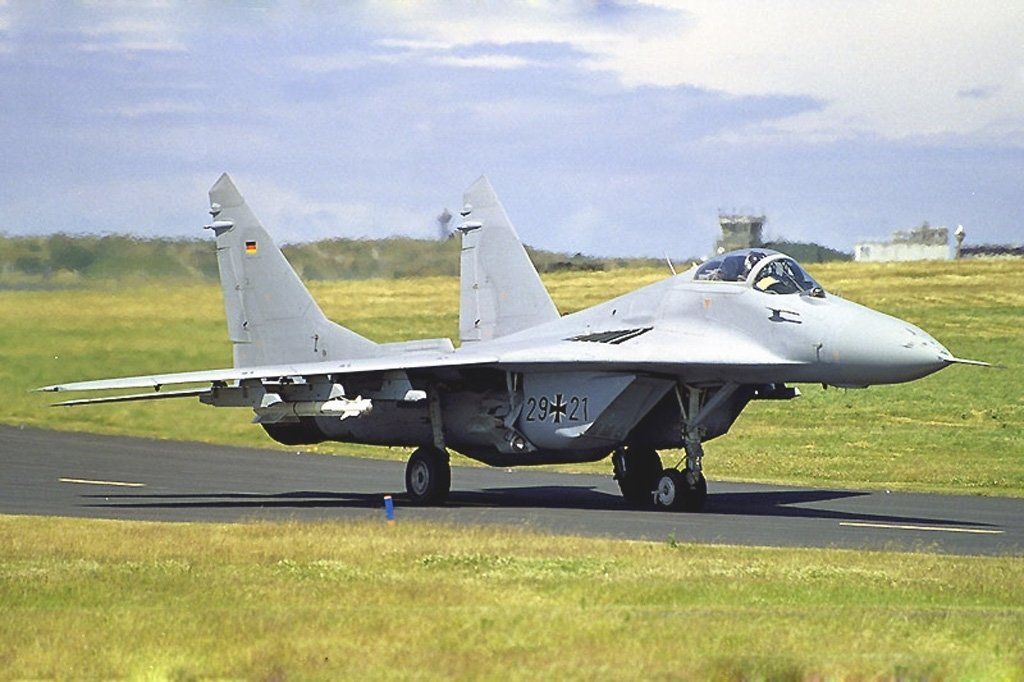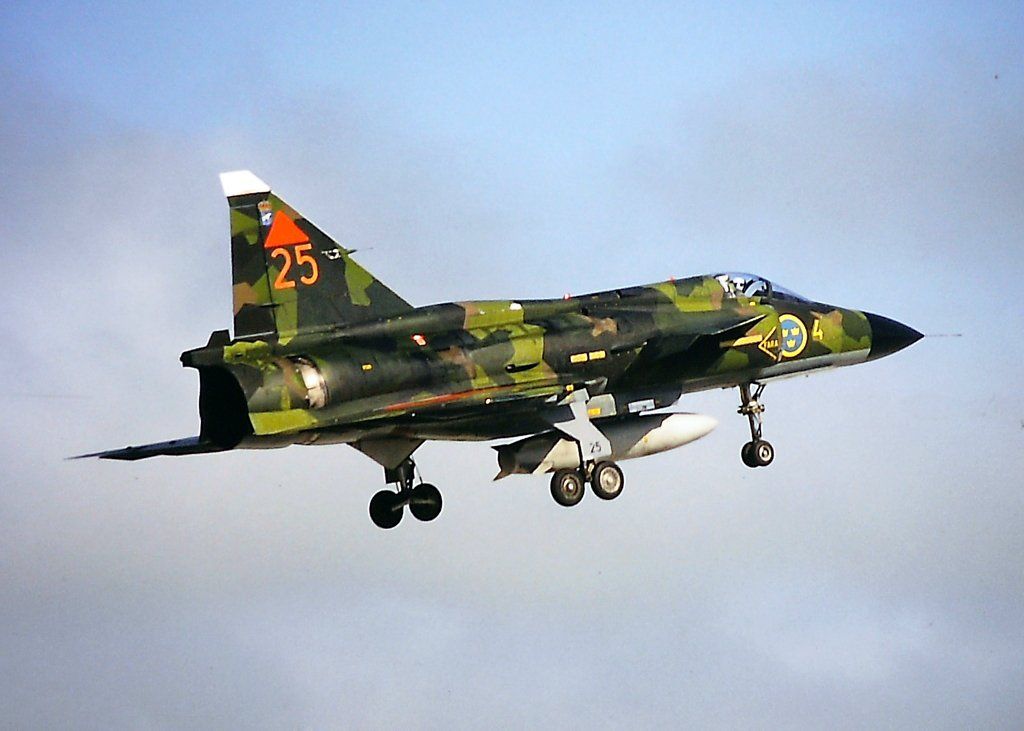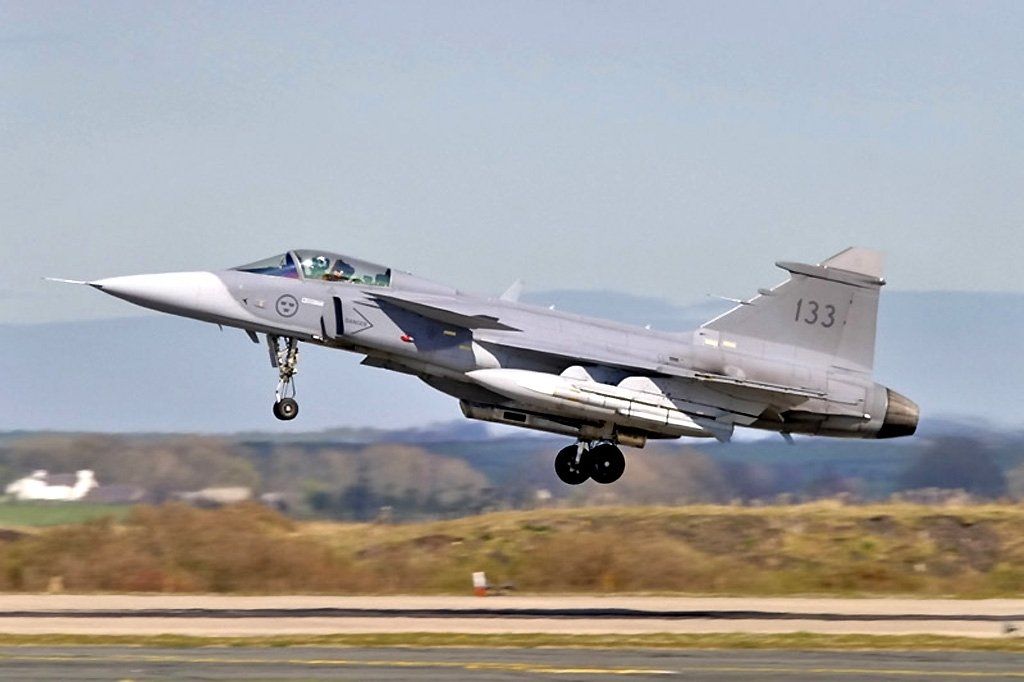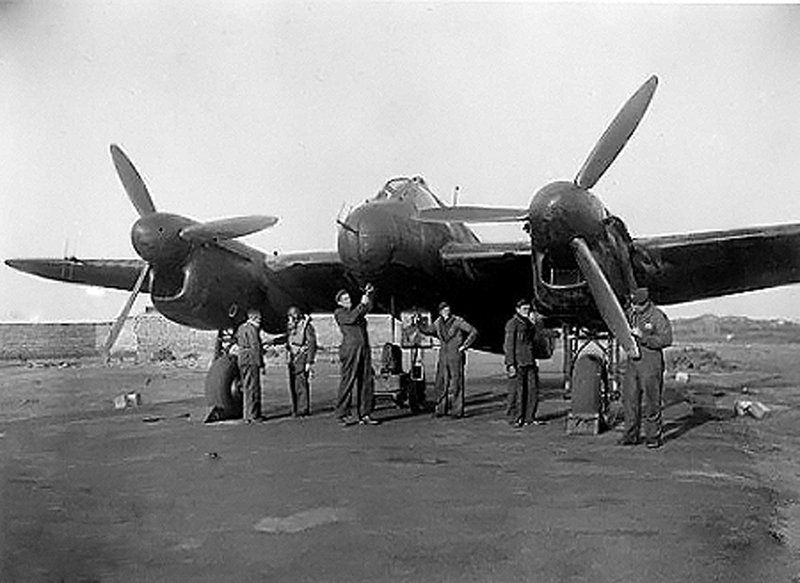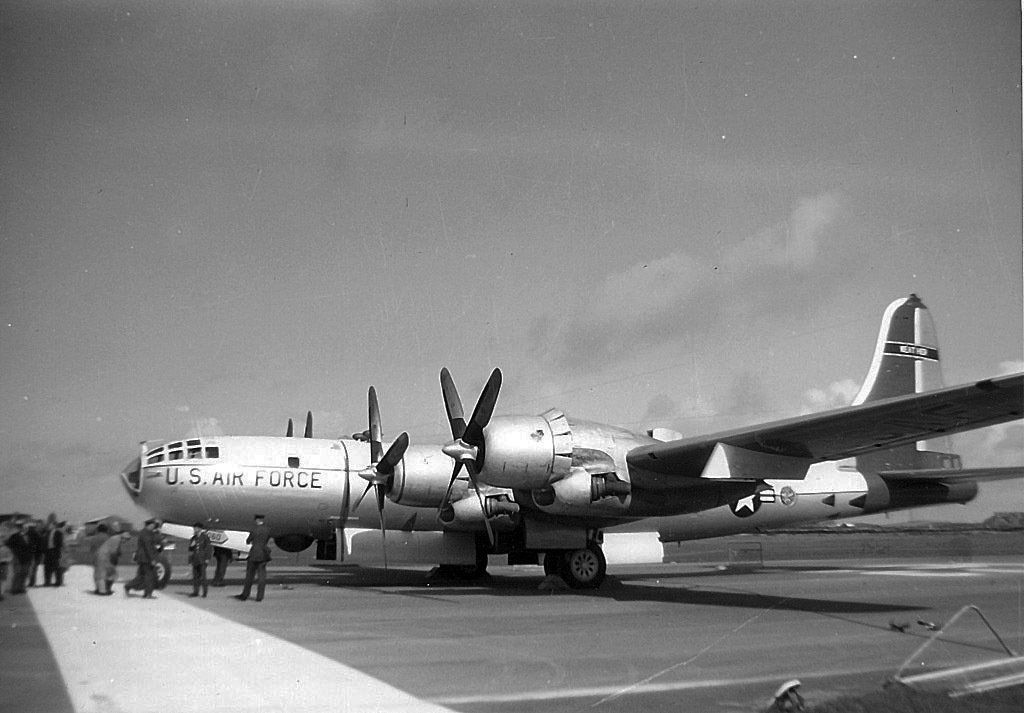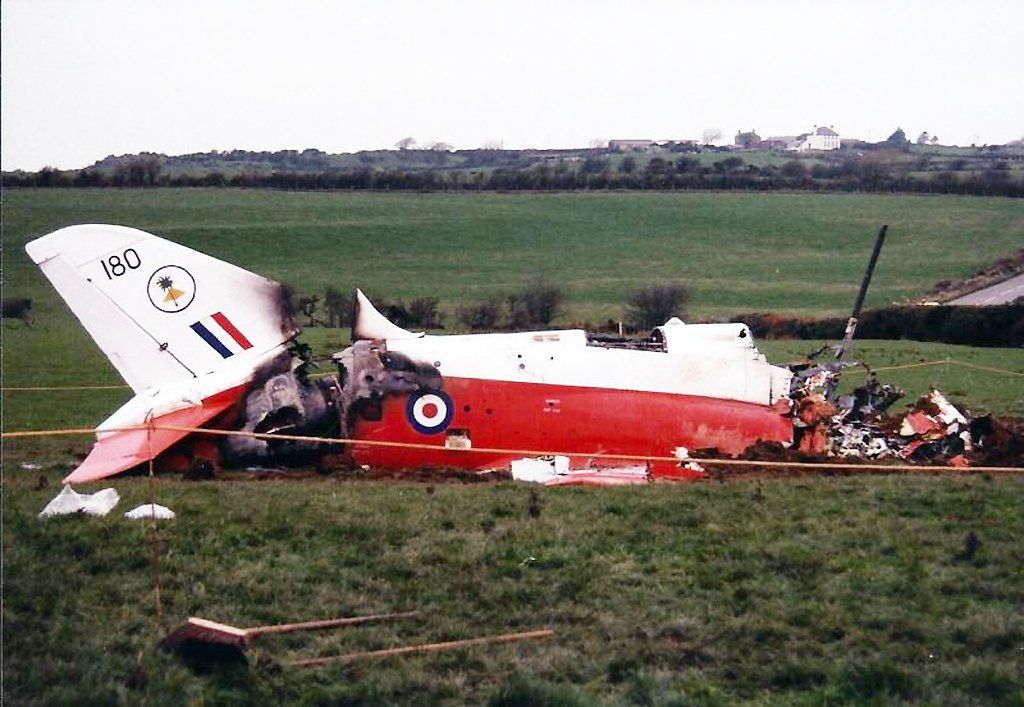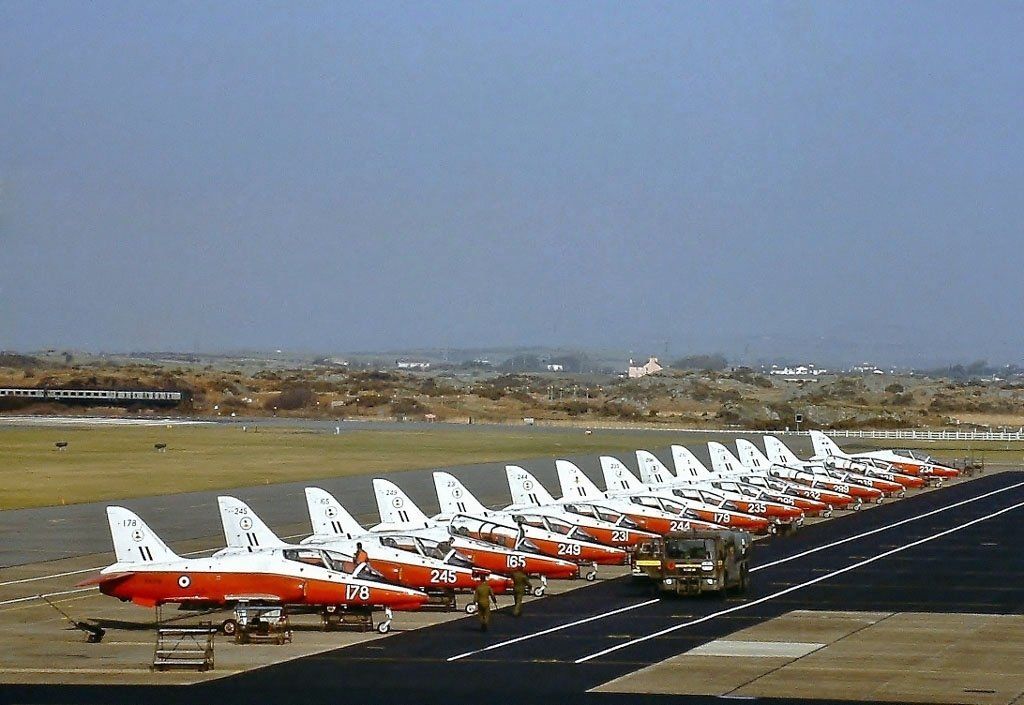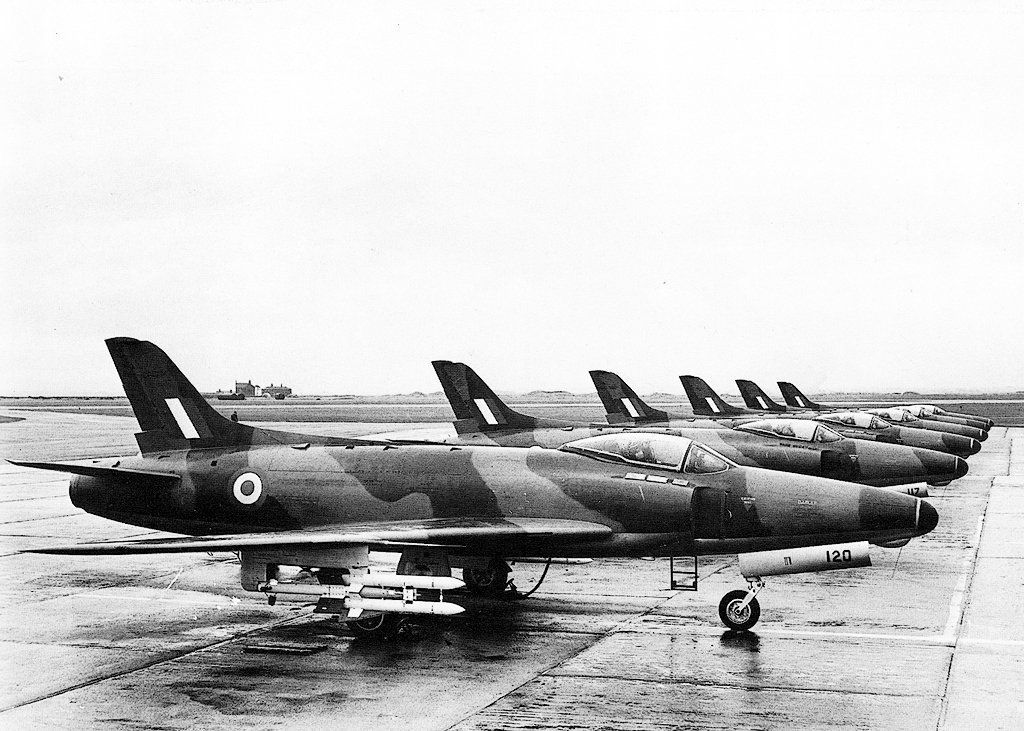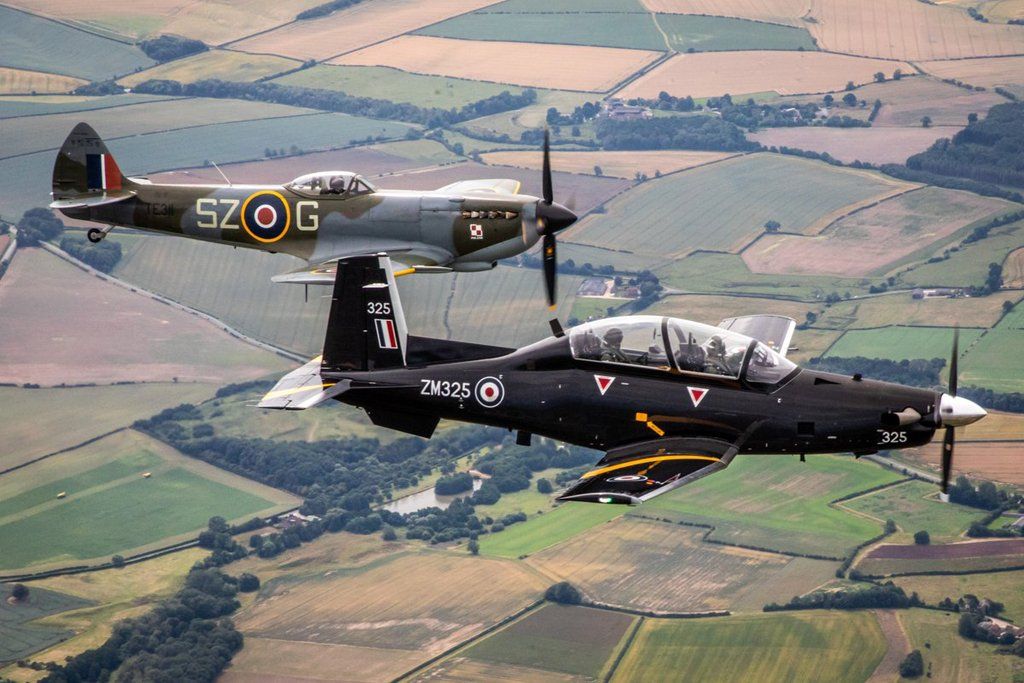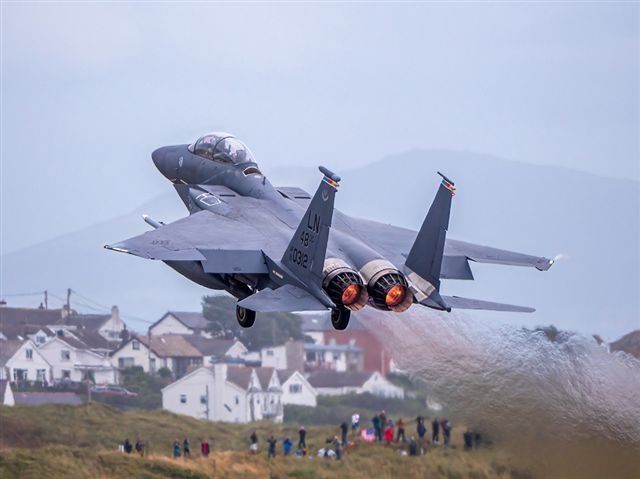MISSILES GALORE
Dennis Pritchard • 23 March 2021
MISSILES GALORE!

From a fighter base and transatlantic hub during WW 2; RAF Valley was to then progress during the Cold War to be a Master Diversion airfield, while gradually becoming a centre of excellence for fast jet and rotary training, together with its air, sea and mountain rescue activities.
However, in addition, a little known fact during the fifties was to be the development and testing of air to air guided missile technology at the station. An activity that eventually would provide future fighter pilots with the experience of live firing these weapons for the next forty years. Much to the delight of air enthusiasts!
As early as 1945, the Air Ministry had encouraged the development of the air to air missile concept. One company to be involved was to be Fairey Aviation Ltd with its beam riding Fireflash and in 1952 the company took up residence on Site 2, on the far side of RAF Valley. This was due to its location being ideal for further development testing, due to the proximity of RAE Aberporth with its 2,000 square miles controlled range in the Cardigan Bay; in conjunction with the Firefly drone target aircraft facility at RAE LLanbedr.
Fireflash trials were to proceed using a Hunter F Mk 4, Meteor T Mk 7 and NF Mk 11 together with a hybrid Meteor, which was essentially a T Mk 7 with an F Mk 8 tail and FR Mk 9 nose! By 1954, the RAF had become involved, with the advent of No 6 Joint Services Trials Unit (JSTU), which was to introduce six Swift Mk 7s; before another organisational change on 1 June 1957, was to introduce the Guided Weapons Development Squadron (GWDS).
In the meantime, the de Havilland Dynamics Co. was developing its Blue Jay project, which was later designated as Firestreak, also using infra-red technology, which had already been introduced to the JSTU and test fired from the Hunter. Furthermore, a series of ground tests had been conducted from the beach behind Site 2! At this stage, because of lack of funding due to the loss of interest by the Ministry of Supply, the entire Fireflash project was terminated; resulting in GWDS replacing the Swift with 6 Javelins (two FAW Mk 5s and four FAW Mk 7s), before continuing to progress with trials on the Firestreak.
These trials were to result in Firestreak entering service with the Royal Air Force in 1958, primarily to equip the Javelin, with the facility at RAF Valley becoming known as No 1 Guided Weapons Trials Squadron (GWTS) on 1 January 1959.
On 1 June 1962, the unit was to be recognised as the Fighter Command Missile Practice Camp, in anticipation of accepting aircrews from Javelin operational squadrons for training to be conversant with the intricacies of actually firing this new innovative weapon. A month later, Javelins crews from No 64 Squadron would have the distinction of being the first MPC deployment. However, this was soon followed in October 1963 by No 5 Squadron’s arrival; to be the first Lightning unit to be armed with the Firestreak.
No 29 Squadron would arrive for MPC in February 1967, being the last Javelin unit, as the Lightning squadrons were to gradually dominate into the seventies. However, AAM technology was moving on. Even as early as January 1971, No 43 Squadron’s Phantoms were to appear, together their armament of American AIM-7 Sparrow and AIM-9 Sidewinder missiles.
In 1969, the Royal Air Force was to integrate Fighter Command, Bomber Command and Coastal Command into Strike Command. As a result, the MPC was re-titled as Strike Command Air to Air Missile Establishment, resulting in the acronym STCAAME!
During the eighties, MPC activity at the facility was to continue unabated, with the Lightning visits being gradually replaced by the Phantom, before the Tornado F2 and latterly the F 3 began making its appearance, together with Royal Navy Sea Harriers. Of particular interest, in September 1984, were USAFE F-15Cs from the 23rd TFS, based at Soesterberg, Holland which arrived, equipped with AIM-9Ps.
From August 1990, the prelude to Desert Storm was to find a succession of RAF strike aircraft on the STCAAME pan with the Tornado GR 1, Jaguar, Harrier and even Buccaneers making regular appearances, having been equipped with Sidewinder AAMs for protection against possible Iraqi fighter attacks.
As one of the MOD’s first civilianisation initiatives that were to lead private companies taking over some military tasks, the Royal Aircraft Establishment (RAE) became the Defence Research Agency (DRA) while A&AEE followed as the Defence Test and Evaluating Organisation (DTEO). By 1995, this was to result in the two subsidiaries being amalgamated into a further acronym of DERA. In 1997, this was to result in STCAAME being re-titled as the Air Guided Weapons Evaluation Unit, hence AGWOEU, as a direct arm of the Air Warfare Centre at Boscombe Down.
During this period, in 1993 of note were two visits by Mig 29s from a previous East German air base located at Preschen. Having by then integrated into the German Air Force, they had arrived to conduct trials with ex-Soviet designed AA 8/10 Alamo/11 Archer AAMs. While in September 1998, another interesting deployment was four Swedish Air Force JA 37 Viggens from F 4 Squadron based at Ostersund, which were equipped with the Sky Flash AAM.
In August 1992 RAF Brawdy was closed, followed by RAF Chivenor in October 1995; resulting in the tactical weapons responsibility and some of their squadrons being transferred and absorbed into the RAF Valley’s advanced flying curriculum. With their Hawk T 1As, both 19 and 74 (Reserve) Squadrons would be responsible for weapons training and on occasion their jets might be seen leaving for the range armed with a pair of AIM-9Ls. During a short period, a 100 hour training programme was conceived referred to as the Mirror Image Programme , whereby using its AI radar, a Tornado F 3 might be supported by a pair of missile carrying Hawks T 1As!
Following even further developments, in 2001 DERA became an autonomous private company entitled Qinetiq, which was to be responsible for the Aberporth Range and LLanbedr. Successive fighter squadron MPC deployments to Valley were to gradually diminish, as the units were able to conduct their MPCs, together with Short Notice and Quick Reaction Alert sorties from their home bases, under the supervision of the Air Warfare Centre at RAF Coningsby, before arriving at Valley for debrief. However, with improving technology, range instrumentation and communications, it was eventually deemed not necessary to land at Valley, as the squadrons were able to return back to their own bases for debriefing.
With the prospect of the RAF receiving the Typhoon and even further technical development in AAMs, which were producing the next generation, such as ASRAAM, AIM-120 AMRAAM and the BVRAAM Meteor, Aberporth’s comparative confined airspace was causing concern. Even the Tornado F 3’s Sky Flash had increased its envelope to 30 miles. As a result, greater use was be made of a large range in the Hebrides. However, the facility at Valley was to have a short reprieve by accommodating the testing and training of dropping weapons, which resulted in the “Mud Movers” occasionally visiting with LGBs, TIALD pods and even USAFE A-10s with Maverick missiles.
However, on 24 March 2004 a formation fly past over Site No 2 consisting of a pair of Tornado F 3s, together with a Harrier and Jaguar, was to signify the final closure of the facility, concurrently with the preparation to also close LLanbedr airfield and its target drone activities, (which is another story!)
However, in April 2007, a surprise visit by a Swedish AF Gripen armed with a Meteor BVAAM was to invite great attention. This visit was due to the Qinetiq Company, which is still maintaining and conducting activities from MOD Aberporth on the Cardigan Bay range; by supporting the continuing military evaluation and training of various missile and laser firings, in addition to bombing systems.
During the 40 years of MPCs at RAF Valley, over 2,000 AAM’s were fired, with over 900 by the Phantom alone, followed by the Lightning coming a close second with over 800. During this period, there was only one serious incident recorded.
In July 1985, during a QWI course, a Phantom FGR 2, XT 895/Q of No 74 Squadron fired a Sky Flash on the range. Unbeknown to the crew, who had noticed a slight bump during the release of the weapon, it was only when they returned to STCAAME for de-brief, that it was noticed that the jet had a large gash along the outer and inner skin of the starboard air intake. Apparently, there had been a glitch in the firing sequence, resulting in the missile striking the aircraft, before luckily shooting off without any further damage to the aircraft. As the Phantom was about to be replaced by the Tornado F 2, it was decided that the cost of repair would be too expensive, resulting in the Phantom being consigned to the station fire dump!
Finally, the only experience by an RAF pilot of being shot down by an AAM occurred to Flt Lt Steve Griggs, when on 25 May, 1982 he was flying a Jaguar GR 1 with 14 Squadron at RAF Bruggen, West Germany. At a later VAS meeting, when Group Captain Griggs was Station Commander at RAF Valley he was to recall the incident. Apparently while returning to base, he experienced a slight bump at the rear of his aircraft, followed by his alarmed wing man calling out that he was on fire and told him to immediately eject. Apparently, he had been hit by an AIM-9L Sidewinder, fired from a 92 Squadron Phantom. The crew had mistakenly assumed that the weapon had been in the safe mode when they bounced the unfortunate Jaguar!
Further information can be found in a book, sponsored by MBDA and Qinetiq, entitled Fireflash to Sky Flash, as compiled by Mike Hollingsworth and Gordon Campbell Owen, published by Gwasg Gomer, LLandysil, Cardiganshire; first published in 2004 with all proceeds being donated to the RAF Benevolent Fund.
AEROPHILE PHOTOS, UNLESS OTHERWISE CREDITED
Photo 1-– Swift F Mk 7s on the GWDS pan in 1957. (MOD)
Photo 2 - GWTS Javelin F (AW) Mk 7, XH 782/A on finals to Runway 19 in 1960. (Alan Sharp)
Photo 3 - Lightning F2A, XN776/C, 19 Sqn returns to STCAAME in August 1972.
Photo 4 - No 5 Squadron Lightning F6s XR 772/E with Fireflashes, while XR 775/O armed with Red Top AAMs depart for another MPC sortie.
Photo 5 - Lightning F 6 23 Sqn, XR 754/D with Firestreak in August 1973.
Photo 6 - Lightning F 6 XR 757/D returns from the range in June 1984.
Photo 7 - F4K Phantom XV 911 from No 64 Sqn/228 OCU on MPC in March 1977.
Photo 8 - Phantom FGR 2, 19 Sqn with AIM-9Ls arrives for MPC.
Photo 9 - Phantom FGR 2 XV 794/O, 56 Sqn firing AIM-7 Sparrow on the range. (MOD)
Photo 10 - Crash Gate Sign, having been re-titled as AGWOEU from STCAMME.
Photo 11- Phantom FGR 2, XT 895/Q, 74 Sqn on the fire dump.
Photo 12 - Hawk T1A, XX350/TC, 74 (Shadow) Sqn embarks on another weapons training sortie.
Photo 13 - Tornado F 2, XG 780/AU, 56 Sqn departs for the range with Sky Flash AAM.
Photo 14 -Tornado F 2, XD 941/AU, 56 Sqn fires off a Sky Flash on the Aberporth Range. (MOD)
Photo 15 -Tornado F 3, XR 773/HH, 111 Sqn lands on Runway 32, March 1991.
Photo 16 -Tornado GR 1B of 9 Sqn on MPC in July 1989.
Photo 17- Tornado GR 4 of 617 Sqn on MPC in July 1990.
Photo 18 -Jaguar GR1A, XX 752/B, 16 Sqn with AIM-9L in May 1995.
Photo 19 - Jaguar GR1A, 41 Sqn with over wing mounted AIM-9L in May 1995.
Photo 20 - Last MPC for Buccaneers of 208 Sqn in June 1993. Note AIM-9G fitted on the starboard side.
Photo 21 – No 4 Squadron, Harrier GR 9, XG 862/94 with AIM-9L in March 1996.
Photo 22 - Sea Harrier FRS 1 of NAS 700 carrying a test French A.555 Magic AAM in 1982. *The 4 FTS Hawk was presumed to be the chase plane. (Jim Le Cras)
Photo 23 - AIM-9M armed Sea Harrier FA 2, XZ 796/001. (Jim Le Cras)
Photo 24 – F-111F, 72-1452/LN from the 494th TFS/48th TFW armed with AIM-9P Sidewinder.
Photo 25 - A-10C, 81-0988 from the 510th TFS/52nd TFW, Spandahlem armed with AGM-6F Maverick and AIM-9M in September 2002.
Photo 26 - F-4F Phantom, 27+23 from the Test and Evaluation Unit 61, based at Manheim, West Germany. Circa 1982.
Photo 27 - TF-104G, 27+27 chase plane for the F-4.
Photo 28 - Mig 29A Fulcrum 29+21 from JG 73, Preshen AB, Germany armed with AA-11 Archer missile in July 1993.
Photo 29 - Mig 29A in former East German Air Force paint scheme when originally based at Rostock.
Photo 30 - JA 37 Viggen from F 4, Ostersund, Sweden departs to fire Sky Flash missiles in September 1998.
Photo 31 – JAS 39 Gripen, borrowed from F 7 by the Test and Evaluation Centre, Boscombe Down checks out the Meteor BVRAAM in April 2007.
Photo 32 - Typhoon FGR 4 on PD with Brimstone and LBG Paveway II, as seen on 22 September 2020. (Phil Hen)
